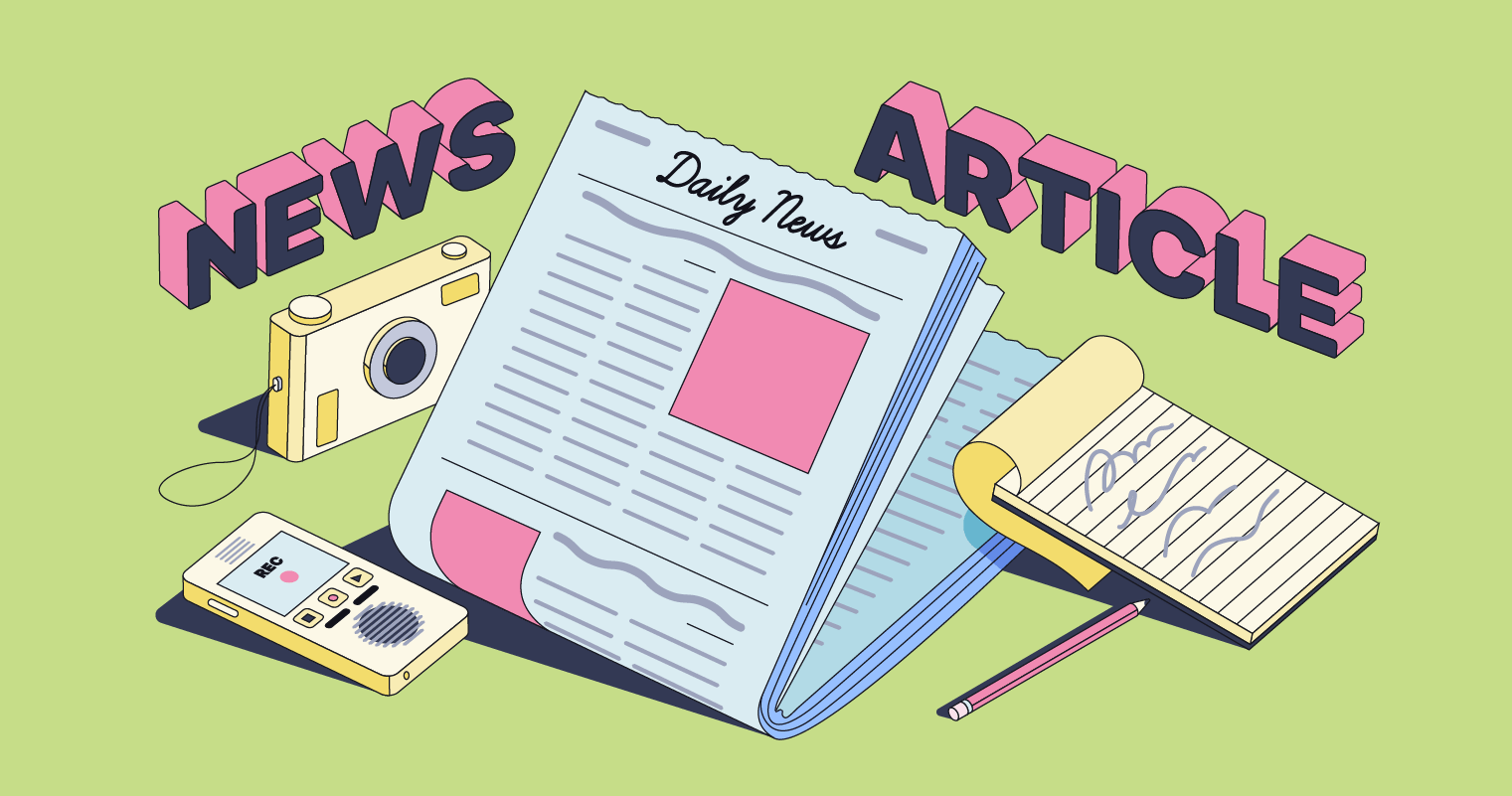Excitement About News Articles
Table of ContentsGet This Report on News ArticlesThe Ultimate Guide To News ArticlesNews Articles Things To Know Before You Get This4 Simple Techniques For News ArticlesFascination About News Articles
Good knowledge of different topics gives students an affordable side over their peers. Despite the fact that electronic and social networks are conveniently easily accessible, we must not neglect just how vital it is to review the newspapers. Moms and dads have to try and instill the behavior of checking out a newspaper as a day-to-day regimen to proceed the legacy of the revered print medium.Information tales likewise consist of at the very least one of the following crucial characteristics relative to the intended audience: closeness, prominence, timeliness, human interest, anomaly, or repercussion.
Within these limitations, news stories additionally intend to be detailed. Among the larger and more highly regarded newspapers, justness and equilibrium is a major factor in offering info.
Papers with a worldwide audience, for instance, tend to make use of a more formal design of composing. News Articles.; common style overviews include the and the United States News Design Book.
The Definitive Guide for News Articles
As a regulation, journalists will not utilize a long word when a brief one will certainly do. They make use of subject-verb-object construction and vivid, active prose (see Grammar). They provide narratives, instances and allegories, and they hardly ever rely on generalizations or abstract concepts. Information authors attempt to stay clear of making use of the very same word more than once in a paragraph (in some cases called an "echo" or "word mirror").
Nevertheless, headlines in some cases omit the subject (e.g., "Leaps From Watercraft, Catches in Wheel") or verb (e.g., "Feline lady lucky"). A subhead (additionally subhed, sub-headline, subheading, caption, deck or dek) can be either a secondary title under the main headline, or the heading of a subsection of the write-up. It is a heading that comes before the primary text, or a team of paragraphs of the primary text.

Additional signboards of any of these types might appear later on in the article (especially on succeeding pages) to tempt additional reading. Such signboards are also made use of as guidelines to the short article in various other sections of the magazine or site, or as promotions for the piece in various other publication or websites. Typical framework with title, lead paragraph (summary in strong), various other paragraphs (details) and contact info.

Example of a hard-lead paragraph NASA is proposing that site another room task. The agency's spending plan demand, revealed today, included a plan to send out an additional objective to the Moon. This time around the agency hopes to establish a lasting center as a jumping-off factor for other space adventures. The spending plan demands around $10 billion for the project.
The NASA statement came as the agency asked for $10 billion of appropriations for the task. An "off-lead" read this post here is the second crucial front web page news of the day. The off-lead appears either in the leading left corner, or directly listed below the lead on the. To "bury the lead" is to start the post with background details or details of secondary relevance to the visitors, forcing them to find out more deeply right into a post than they must have to in order to find the vital factors.
The Greatest Guide To News Articles
Typical use is that or more sentences each develop their very own paragraph. Reporters generally describe the organization or structure of a news story as an upside down pyramid. The essential and most interesting aspects of a story are put at the start, with sustaining information following in order of reducing value.
It permits individuals to discover a subject to just the deepness that their inquisitiveness takes them, and without the charge of information or subtleties that they can take into consideration irrelevant, but still making that information available to more interested readers. The inverted pyramid structure additionally makes it possible for articles to be cut to any kind of approximate size during design, to fit in the area offered.
Some writers start their stories with the "1-2-3 lead", yet there are many type of lead readily available. This layout usually begins with a "Five Ws" opening paragraph (as described over), adhered to by an indirect quote that serves to support a major component of the very first paragraph, and afterwards a direct quote to sustain the indirect quote. [] A twist can refer to multiple points: The last tale current broadcast; a "pleased" tale to end the program.
Longer write-ups, such as publication cover short articles and the pieces that lead the within sections of a paper, are called. Feature tales differ from straight news in numerous ways. Foremost is the lack of a straight-news lead, a lot of the time. Rather than supplying the essence of a tale up front, feature authors may try to lure viewers in.
The smart Trick of News Articles That Nobody is Discussing
A feature's first paragraphs frequently associate an appealing minute or occasion, as in an "unscientific lead". From the details of an individual or episode, its sight swiftly widens to generalizations concerning the tale's topic.

The Editor's Toolbox: A Referral Guide for Beginners and Professionals (2001) visit our website Allan M. Siegal and William G. Connolly. The New York City Times Guidebook of Style and Use: The Official Design Guide Made Use Of by the Writers and Editors of the World's The majority of Authoritative Paper (2002) M. L. Stein, Susan Paterno, and R.